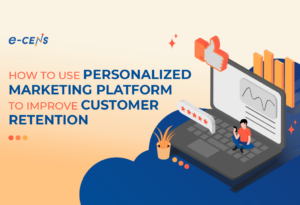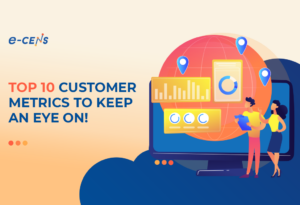Zero-party data is information that is intentionally shared by consumers with companies in order to benefit from personalized services, improved user experiences, and/or rewards. Zero-Party Data consists of voluntary, explicit statements or actions from users that communicate their preferences, intentions, and circumstances. The deprecation of third-party cookies has led to the evolution of zero- and first-party data. This has forced marketers to shift their interest to more legitimate methods of targeting i.e. Zero-party data, which, in return, provide more accuracy and better personas of their target audience.
Zero-party data — a term coined by Forrester in multiple blogs last year — doesn’t require analysis and offers insights directly from customers. In contrast, first-party data is derived from the customer’s behavior; usually their web activity. First-party data typically requires analysis before it provides relevant insights.
What is Zero-party data?
Zero-party data is information that customers willfully and willingly share with your brand i.e. cookies. Pre Forrester’s coining of the term, you may have heard it described as “explicit data”, i.e., the customer explicitly agreed to share it. Marketing experts have identified zero-party data as an effective way to drive personalized marketing campaigns.
Organizations can collect zero-party data from various sources, such as website forms, polls, membership applications, form submissions, and surveys. Although a proportion of your customer base will offer zero-party data for nothing in return, many may expect an exchange, i.e., a reward. Such a reward may be an e-book, webinar, or discount code.
These cookies can give marketers accurate audience insights because it comes directly from their brand followers. This is high-value data that marketers can use to personalize recommendations, messages, and offers to each customer.
This data is of the highest quality in terms of its personalization. Furthermore, zero-party data enables marketers to adopt a conversational approach that fosters strong relationships between organizations and their customers.
How is Zero-party data collected?
There are multiple options for third-party data collection tools: from clickstream data to data gathered from social media. The tooling behind zero-party data collection is different. In fact, there are several no-code tool options to collect zero-party data. Many of these involve interactive funnels; these include quizzes, surveys, calculators, forms, and more. Traditionally, the approach to collecting zero-party data was wrought with manual processes, tracking, and data entry. In a modern-day world, this is either no longer possible or downright prohibitive. We’re in an age where nontechnical employees are able to collect data directly from their customers in a fun and engaging way.
Zero-party data isn’t just for big brands, either. Any business can benefit from collecting data directly from its customers. By using interactive funnels, businesses of all sizes can gather data that’s reliable, accurate, and engaging — at every step of the customer journey.
In a post-pandemic world, consumers have more digital interactions with businesses than ever before. As the number of devices (and interactions) continues to grow, the need for accurate and compliant zero-party data is only becoming more apparent.
How is Cookies, Zero-party data processed and used in CDP?
Once collected, the Zero-party data can be passed to Customer Data Platforms (CDPs) like Tealium AudienceStream, Segment, mParticle, etc. Such data is loaded into the CDP in the form of attributes and labeled as “ZPD.” This is excellent data for creating the Golden customer record and segmenting users who love your brand.
With the ingestion of ZPD into the Customer Data Platforms, we can build multiple use cases for loyalty, churn, and engagement scoring within those CDPs, which enables brands to employ real-time personalization. ZPD will ensure that the data quality and accuracy is enhanced to a greater degree.
To find out more about Cookies click here.
What is the future of Zero-party data and Cookies?
Nowadays, users clearly want greater personalization and a relevant experience. Meeting such demands drives loyalty factors. We predict that as the audience matures, the interactive level on the website (gamification as an example) will play a vital role in augmenting the customer experience. Zero-party data will be a critical part of this approach. In the metaverse, too, users willfully share data with other users and brands in order to create hyper-personalized experiences. They want the brands to know their needs and preferences, provided they get something of value in return. By making full use of the incoming Zero-party data and using it to build trust and provide real-time personalization based on user preferences, brands will be well-positioned to succeed in the race for customer engagement.




